New Horizons wakes up for historic Pluto encounter
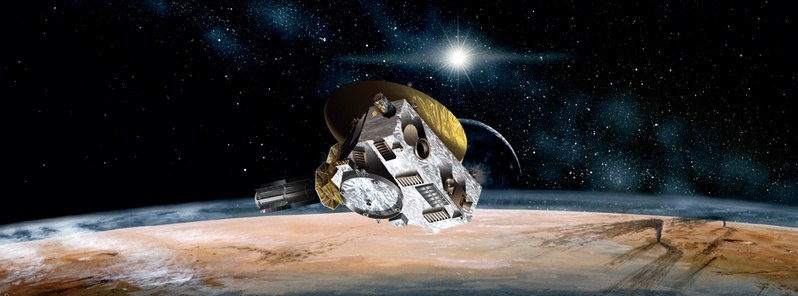
New Horizons woke up from hibernation on December 6, 2014 after a 4.8 billion km voyage (3 billion miles) and almost nine years after launch. The spacecraft is now preparing for a six-month encounter with Pluto that begins in January 2015.
This mission will complete the initial reconnaissance of the Solar System and help us understand worlds at the edge of it by making the first reconnaissance of the dwarf planet Pluto and by venturing deeper into the distant, mysterious Kuiper Belt – a relic of Solar System formation.
The US National Academy of Sciences has ranked the exploration of the Kuiper Belt – including Pluto – of the highest priority for Solar System exploration. Generally, New Horizons seeks to understand where Pluto and its moons “fit in” with the other objects in the Solar System, such as the inner rocky planets (Earth, Mars, Venus and Mercury) and the outer gas giants (Jupiter, Saturn, Uranus and Neptune).
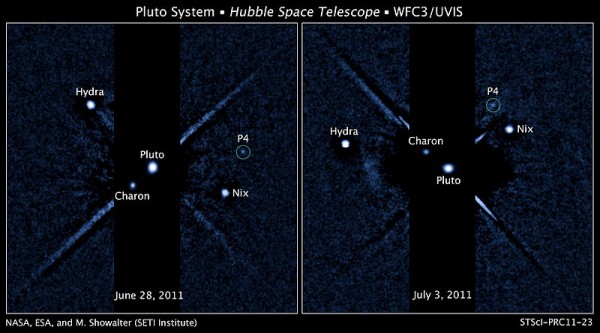
Operators at the Johns Hopkins University Applied Physics Laboratory, confirmed at 02:53 UTC on December 7, that New Horizons, operating on pre-programmed computer commands, had switched from hibernation to “active” mode. Moving at light speed, the radio signal from New Horizons – currently just over 260 million km (162 million miles) from Pluto – needed four hours and 26 minutes to reach NASA’s Deep Space Network station in Canberra, Australia.
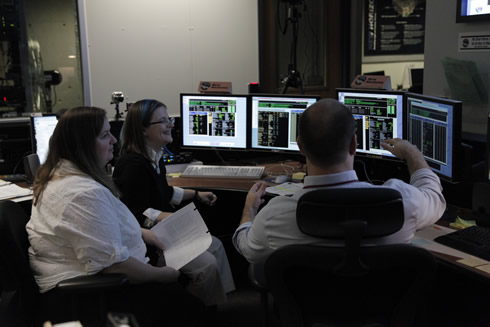
New Horizons flight controllers monitor data confirming that the Pluto-bound spacecraft had exited hibernation.
Alan Stern, New Horizons principal investigator, said this is a watershed event that signals the end of New Horizons crossing of a vast ocean of space to the very frontier of our solar system, and the beginning of the mission’s primary objective: the exploration of Pluto and its many moons in 2015.

The New Horizons team will spend the next several weeks checking out the spacecraft, making sure its systems and science instruments are operating properly. They’ll also continue to build and test the computer-command sequences that will guide New Horizons through its flight to and reconnaissance of the Pluto system.
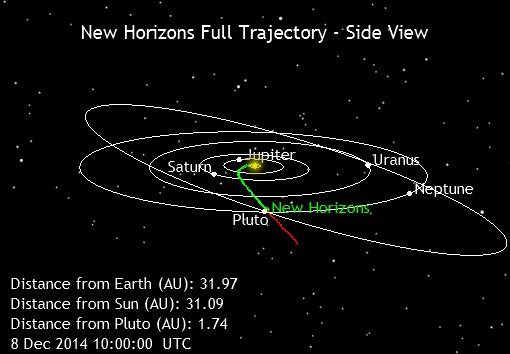

This image shows New Horizons' current position along its full planned trajectory. The green segment of the line shows where New Horizons has traveled since launch; the red indicates the spacecraft's future path. Positions of stars with magnitude 12 or brighter are shown from this perspective, which is slightly above the orbital plane of the planets.
The spacecraft will begin observing the Pluto system on January 15, 2015. The closest approach to Pluto will occur on July 14, but plenty of highlights are expected before then, including, by mid-May, views of the Pluto system better than what the mighty Hubble Space Telescope can provide of the dwarf planet and its moons.
The craft's miniature cameras, radio science experiment, ultraviolet and infrared spectrometers and space plasma experiments would characterize the global geology and geomorphology of Pluto and Charon, map their surface compositions and temperatures, and examine Pluto's atmosphere in detail.
The spacecraft's most prominent design feature is a nearly 2.1-meter (7-foot) dish antenna, through which it would communicate with Earth from as far as 7.5 billion kilometers (4.7 billion miles) away.
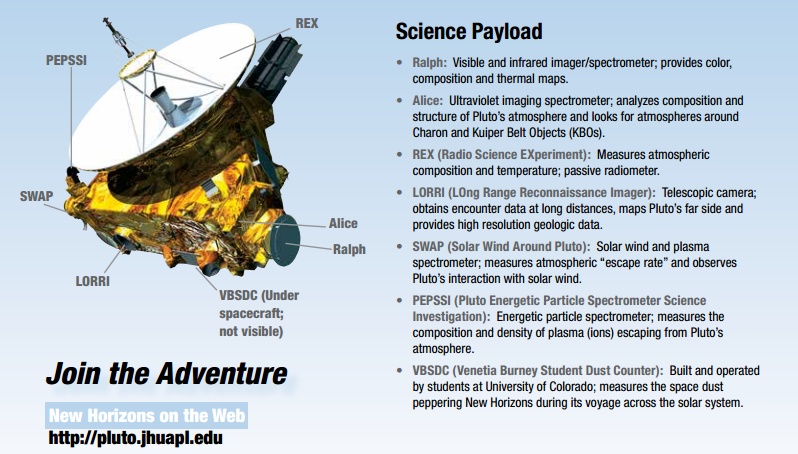

New Horizons science payload.
New Horizons, a 465 kg spacecraft, is expected to provide:
- Images superior to those from the Hubble Space Telescope for 75 days before flyby (12 Pluto days)
- Global maps of both Pluto and Charon at 40-kilometer resolution and hemispheric maps at 1-kilometer resolution
- Infrared spectral maps at up to 7-kilometer resolution and visible 4-color maps at up to 3-kilometer resolution
- High-resolution terminator images at 100-meter resolution
- Ultraviolet and radio occultations of both Pluto and Charon
- Ultraviolet dayglow and nightglow spectra of Pluto’s atmosphere
- In situ measurements of energetic particles and the solar wind
- Surface temperature maps at 50-kilometer resolution
.jpg)
.jpg)
Positions of planets on July 14, 2015. Image credit: Solar System Scope / Inove
Pluto, formal designation 134340 Pluto, is the second most massive known dwarf planet in the Solar System (after Eris) and the tenth most massive body observed directly orbiting the Sun. Originally classified as the ninth planet from the Sun, Pluto was re-categorized due to recent discoveries and is now considered the largest dwarf planet within the newly charted Kuiper belt.
Like other members of the Kuiper belt, Pluto is composed primarily of rock and ice and is relatively small: approximately a fifth the mass of the Earth's Moon and a third its volume. It has an eccentric and highly inclined orbit that takes it from 30 to 49 AU (4.4 – 7.4 billion km) from the Sun. This causes Pluto to periodically come closer to the Sun than Neptune.
Featured image: Artist's concept of the New Horizons spacecraft during its planned encounter with Pluto and its moon, Charon. Credit: Johns Hopkins University Applied Physics Laboratory/Southwest Research Institute (JHUAPL/SwRI)

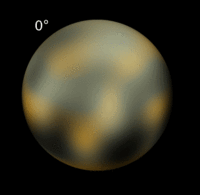
Scientists go where nothing is known about the phenomena at such distances. Here, under our foot, have not yet deciphered the true causes of the spin of the planet, do not know they should be corrected and Kepler’s laws, because the planets do not move on elliptical orbits. Even Koenig theorem total kinetic energy of the body to free movement, is not true. They should be back to examine and accept this and then will find it easier to understand the laws of motion in the solar system.
Now it would be nice for NASA to tell us what their REAL interest is in Pluto. They do nothing for “explorations-sake” anymore. What are they really hoping to monitor?